Ifugao, when translated, means people of the hills.
Their province, also called Ifugao, is famous for the town of Banaue which, together with Batad, Mayoyao, Hapao-Hungduan, and Kiangan, compose the Ifugao Rice Terraces.
All towns are part of the Rice Terraces of the Cordilleras, which have been named a UNESCO World Heritage Site under the category of cultural landscape.
Grade school textbooks called them one of the Eight Wonders of the World, describing them as something that encircles half of the circumference of the world if joined end to end. It also appears on the twenty-peso bill and is often printed in many Philippine brochures and postcards.
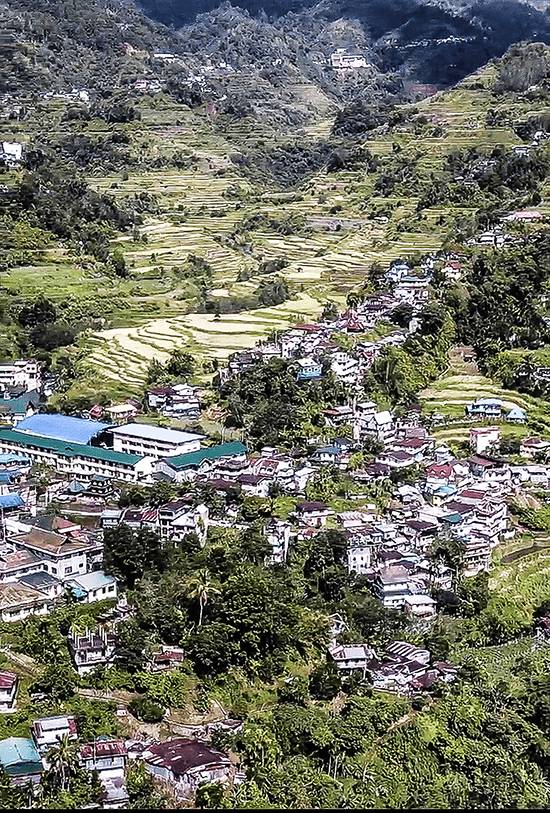
But nothing beats seeing this marvel for real. The first time I went to see the Banaue Rice Terraces was unforgettable. I remember how the site was almost entirely covered by fog.
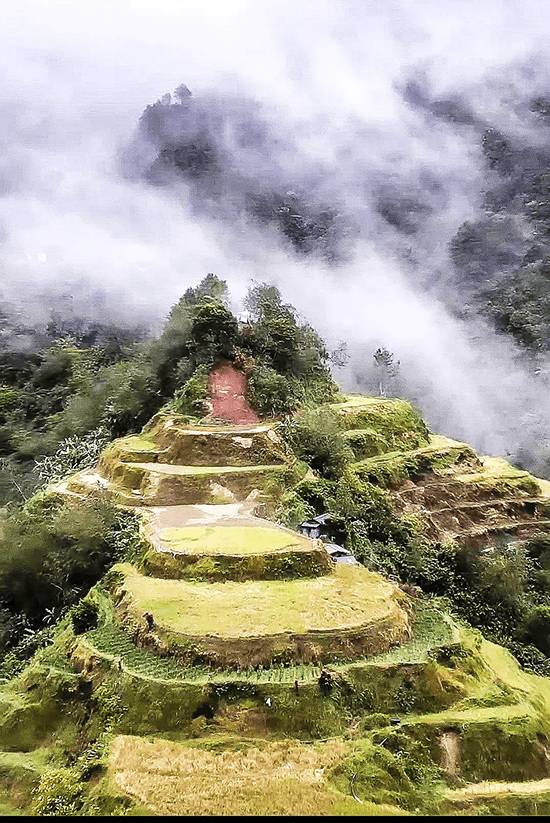
I went back at noon, with no fog around, and I was captivated by the scenery. The next time around, I went back as a tour guide, exploring the Rice Terraces with tourists, this time by walking on the narrow terraces. If you’re unlucky, you could fall on the rice paddies and get muddied up which is exactly what happened to hapless but happy European tourists.
An exemplary architectural invention
The Ifugaos were not only known for their innate engineering skills in building the Ifugao Rice Terraces but they were also known for their innovative knowledge in constructing an Ifugao house commonly called bale or fale.
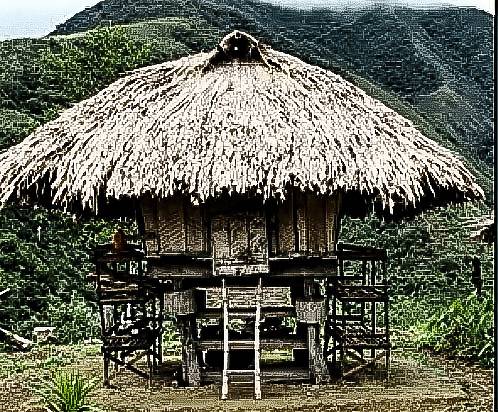
It is a one-room house resting on four posts, which are high enough to prevent rodents, insects, and snakes from entering. Each post has a halipan which serves as a rat guard filled with oil and poisonous herbs. There are no windows and the stairs are detachable to prevent unwanted visitors.
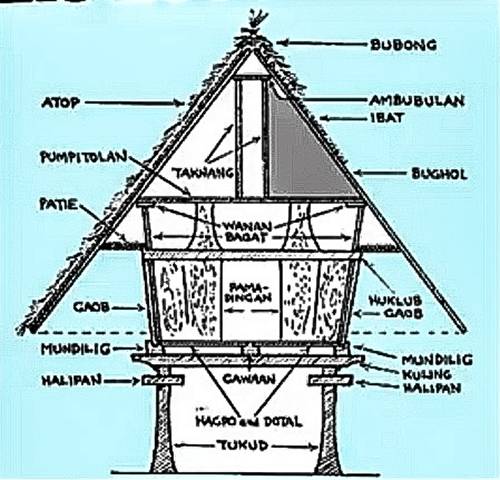
Renowned anthropologist Otley Beyer described the bale as the “first prefabricated house in the world.” It is considered to be a nearly perfect architectural invention. This traditional house is made from hand-hewn timber, runo, and cogon grass and does not use nails. It is popular in resorts, hotels, and other tourist establishments. One noteworthy house worth visiting is the one at the National Museum. It is estimated to be 80 to 90 years old and was reassembled at the courtyard of the National Museum of Anthropology.
A dedication to serve
On another trip, I went to Batad, which can be reached via a mountain road prone to landslides. While trekking, I saw an ill woman on a white hammock being carried by two strong men. It was an arduous effort for the two men, who had the difficult task of bringing the woman to the only hospital in Banawe: the Good News Clinic and Hospital (GNCH).
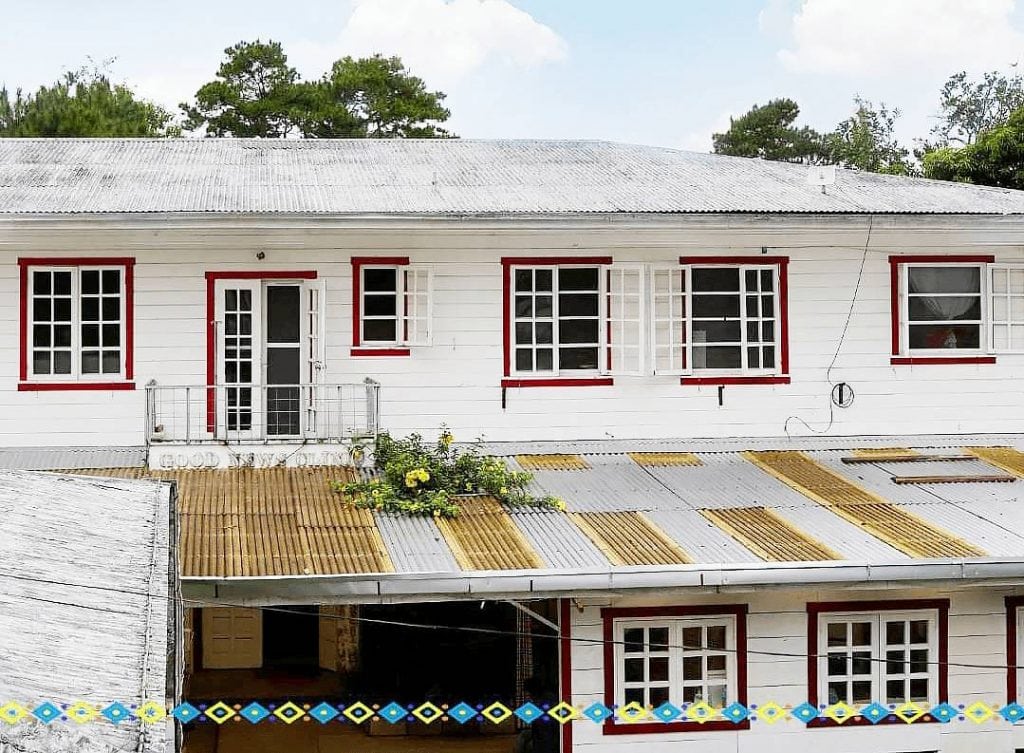
The GNCH was founded in 1956 by Dr. James Irvine, a USAFFE medical corps veteran missionary. It was part of the Far East Gospel Church.
In 1988, Dr. Tony Ligot, an Ilocano who practiced medicine in Manila, went to Ifugao as a volunteer doctor. He had no intention of staying long but ended up serving the Banaue people for 33 years. It was a calling and a selfless act of service.
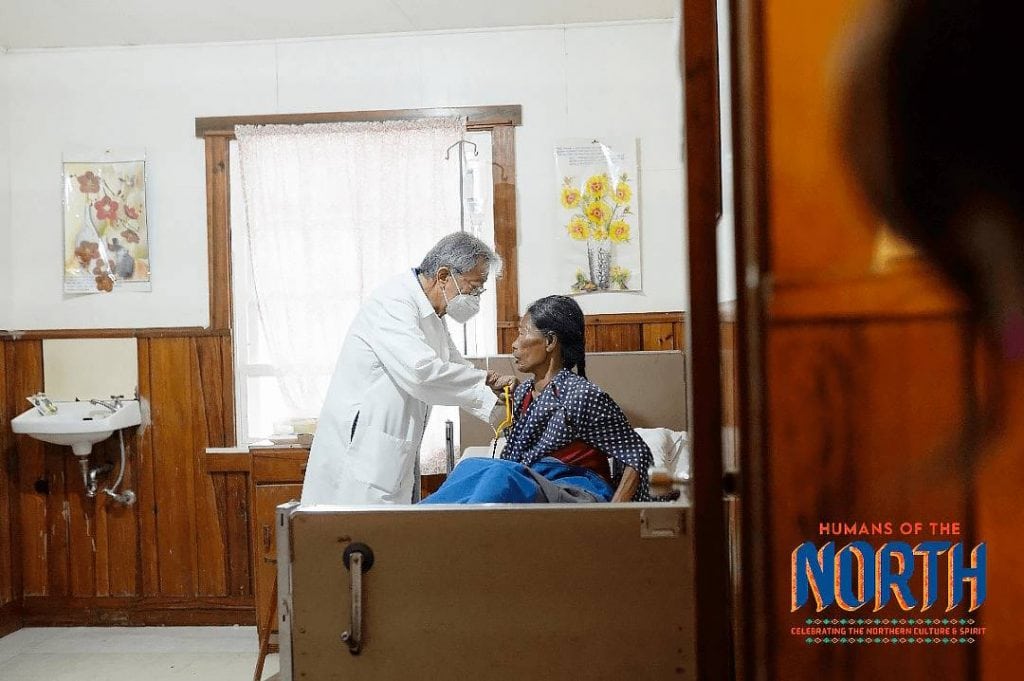
When he arrived in 1988, GNCH had good facilities and medical equipment. But, since it was a donor-driven hospital, Dr. Ligot was also responsible for soliciting donors. During the height of the pandemic, the hospital suffered revenue losses. Dr. Ligot also sought an increase in salaries for nurses and other staff members. With the help of his wife, Sylvia, he headed the facility for more than 30 years. Although he retired in 2021, the 81-year-old general surgeon still watches over the hospital operations.
Young blood
Dr. Joash Ruiz, a son of a GNCH board member, has been exposed to the clinic operations since he was a child. In fact, he was born in the hospital. Together with his wife, Dr. Romalita, a Banaue native, they are now ready to fill in the shoes of Dr. Ligot.
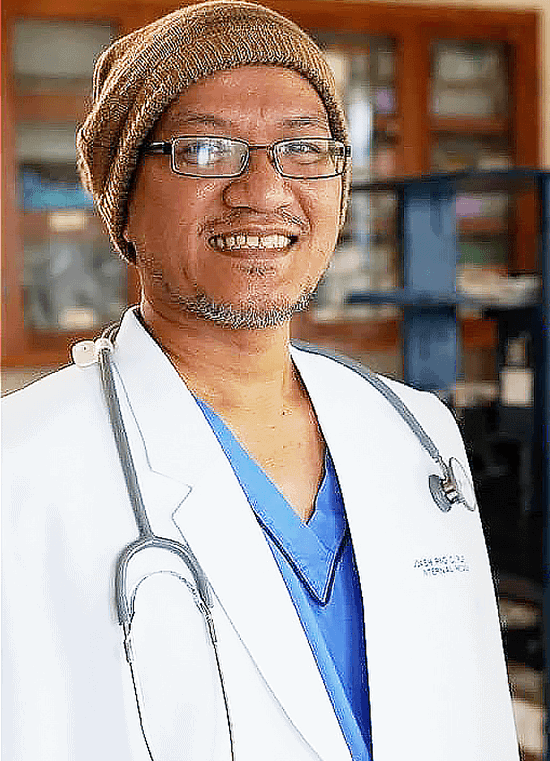
The GNCH functions as a primary care facility. It is Dr. Ligot’s dream that specialists serve in the hospital, being on the lookout for Banaue youth who are potential doctors and nurses.
Dr. Ligot found his ministry and calling. Even in retirement, he has plans of helping the Dumagats of Luzon. The GNCH, under the good doctor, aims to minister to the whole man: Body, Soul, and Spirit.
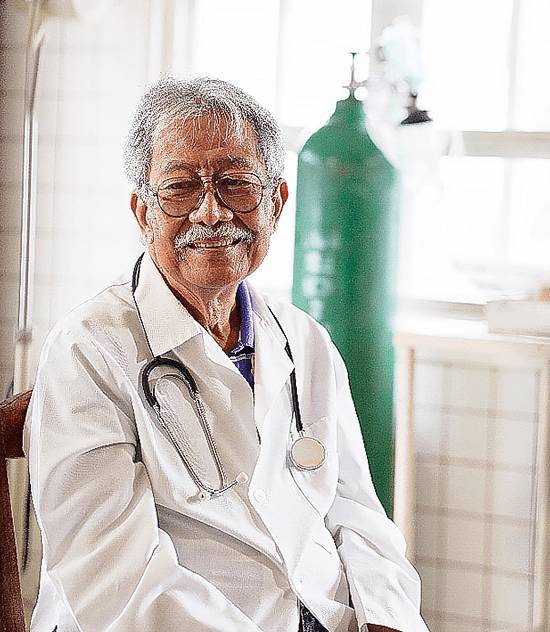
If former Department of Health Secretary Dr. Juan Flavier was the Doctor to the Barrios, Dr. Tony Ligot is the Doctor to the Hills. His legacy is well entrenched in the annals of Banaue. In an interview, he said, “Ako po si Antonio Ligot. Isa po akong doktor sa Banaue. Ang kuwento ko po ay kuwento ng norte.”
* * *
Photo Credits: NLEX Humans of the North on Facebook, Art Lover Millennial on YouTube
* * *
JP Ordoña (Manilakad) leads Manilakad Walks in Intramuros, Binondo, Quiapo and more. Let him guide you to several walking destinations in Manila. Manilakad (JP Ordoña) can be reached on Facebook Messenger or through text at 0916-3597888.
